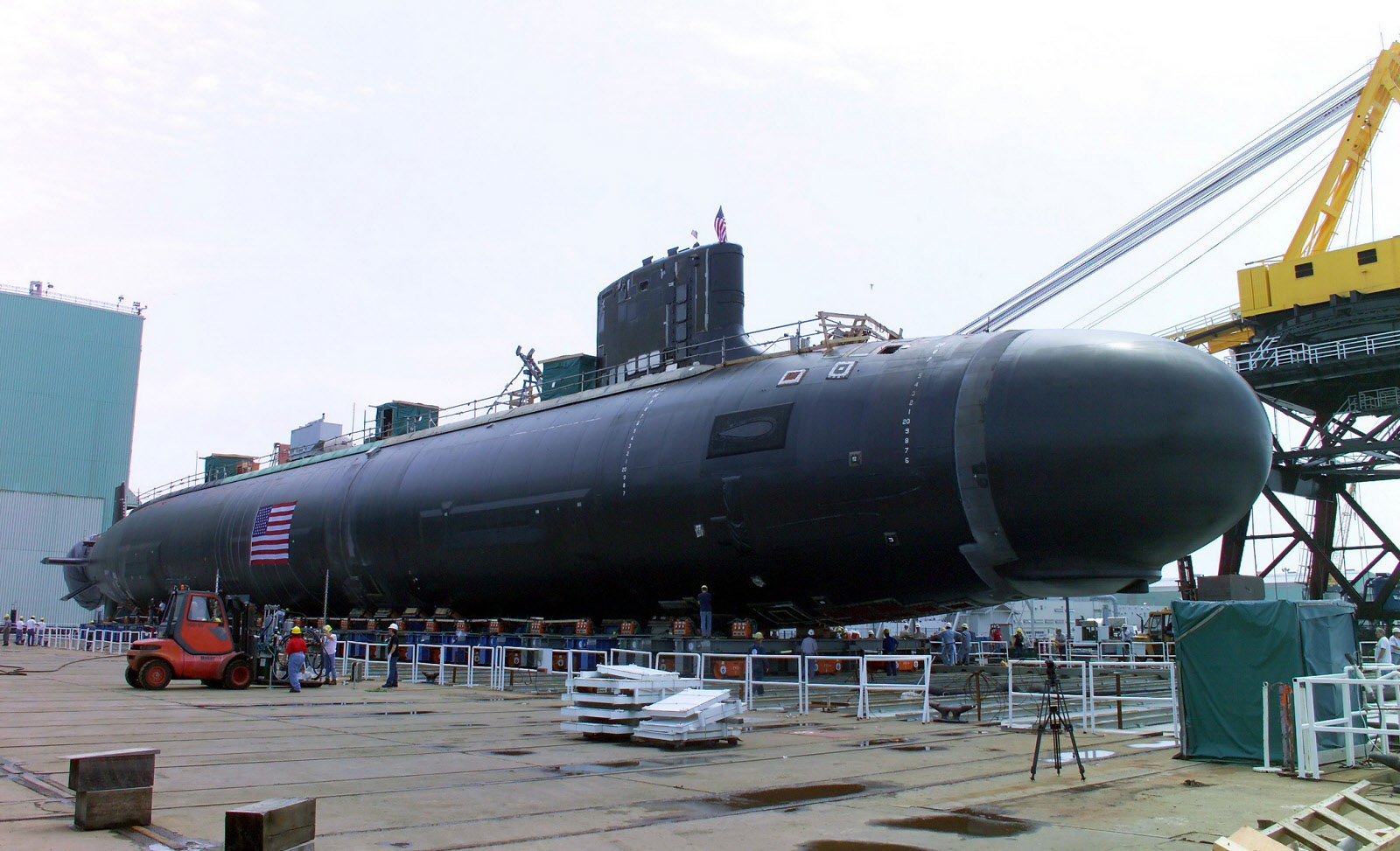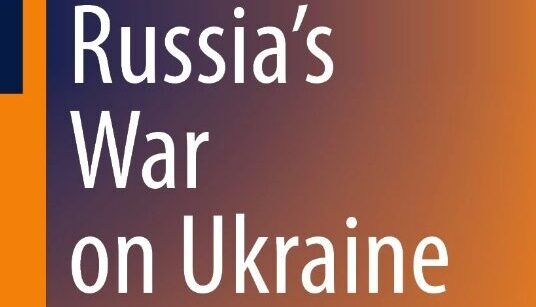
The following article by VCDNP Non-Resident Senior Fellow John Carlson, originally published on 17 September 2021, is part of a series of APLN analyses by experts and members assessing the implications of the Australia-UK-US (AUKUS) deal.
The following is a brief overview of the nuclear non-proliferation and safeguards aspects of the proposal for Australia to build and operate nuclear-powered submarines. This proposal involves nuclear propulsion only, under no circumstances will Australia pursue nuclear weapons, which would be a violation of our obligations under the Nuclear Non-proliferation Treaty (NPT).
The NPT prohibits non-nuclear-weapon states from acquiring nuclear weapons, and nuclear-weapon states from providing any assistance in this regard. Under the NPT, non-nuclear-weapon states must accept International Atomic Energy Agency (IAEA) safeguards on all nuclear material in their territory or under their control to verify this material is not diverted to nuclear weapons.
The NPT does not prohibit non-nuclear-weapon states from non-explosive military uses of nuclear material, the principal example being the operation of naval propulsion reactors. Where nuclear material is proposed for such a non-prescribed military use, the standard NPT safeguards agreement provides for safeguards measures to be suspended while the material remains in military use. However, the non-explosive use obligation continues to apply, and safeguards measures are to immediately re-apply when the military use has ended. The state is required to make an arrangement with the IAEA to keep the IAEA informed about the material and to ensure its eventual return to safeguards.
There is an obvious concern to ensure this suspension provision is not used as a loophole to evade safeguards and divert nuclear material to nuclear weapons. There has been much discussion about the kind of arrangement the IAEA should require, but to date, there has been no practical case. So far no non-nuclear-weapon state has acquired a nuclear-powered naval vessel. Canada considered nuclear-powered submarines in the 1980s but did not proceed. Currently, Brazil has a naval reactor program but this is still in the R&D phase. South Korea has indicated an interest in nuclear-powered submarines but no concrete steps have been taken. It is possible Australia could become the first practical case for the development of arrangements with the IAEA to deal with nuclear material in naval propulsion, but given the long lead time – the first submarine is not expected to be operational until 2040 – this is not certain.
The possibility of a state diverting nuclear material from a naval propulsion program depends on the range of nuclear activities associated with the program. Where, as in the case of Brazil, the state proposes to enrich and fabricate the reactor fuel, the concern will be to ensure against diversion during these processes. The IAEA has indicated that safeguards would be suspended only on the material actually in military use, and nuclear processes such as enrichment would be under the usual safeguards. Fuel fabrication could require special arrangements because the fuel design may be secret, but there are safeguards approaches that would maintain continuity of knowledge of the nuclear material without revealing sensitive details. If fuel loading and unloading is monitored, and the submarines are known to be operational, adequate assurance could be established that no fuel is diverted.
In Australia’s case, it is envisaged that the reactors would have lifetime cores, This means that Australia would not produce the fuel and would not be refuelling the reactors. The reactor would be supplied already fuelled, and at the end of the submarine’s operating life – which is expected to be around 30 years – the submarine with its reactor would be returned to the supplier, in this case the US or possibly the UK. This approach avoids the proliferation concerns raised where countries claim they need to operate enrichment plants to ensure the security of supply for naval fuel. With the Australian project, it will be straightforward to demonstrate to the IAEA that Australia is not removing and diverting fuel.
For completeness, mention should be made of the South Pacific Nuclear Free Zone Treaty (the Treaty of Rarotonga). This treaty prohibits acquisition, possession, stationing and testing of nuclear weapons in the treaty zone, but does not prohibit nuclear-powered vessels.
The AUKUS parties have committed to ensuring full compliance with each nation’s commitments under the NPT, and to “… undertake this effort in a way that reflects the longstanding leadership in global non-proliferation and vigorous verification standards, in partnership, in consultation with the International Atomic Energy Agency.”
Featured image: U.S. Navy photo by General Dynamics Electric Boat.


